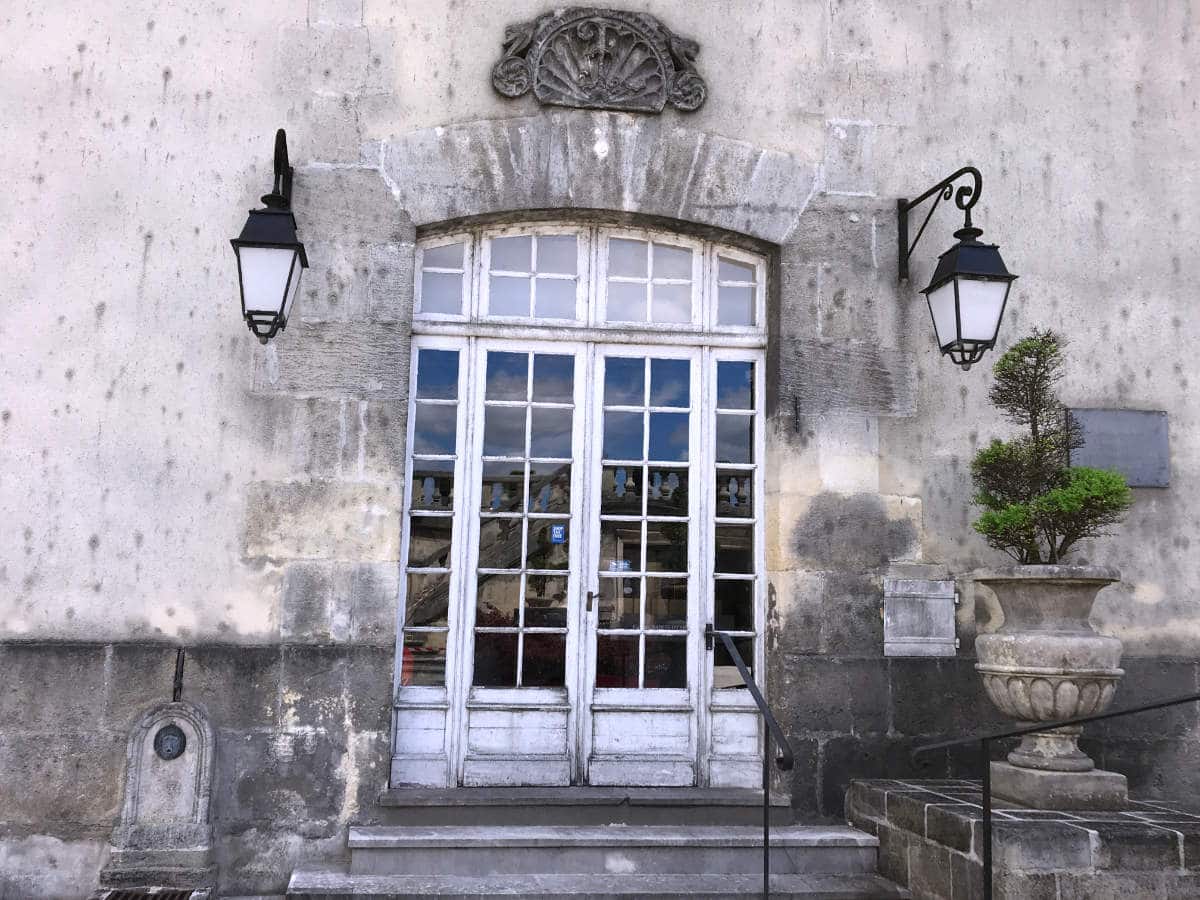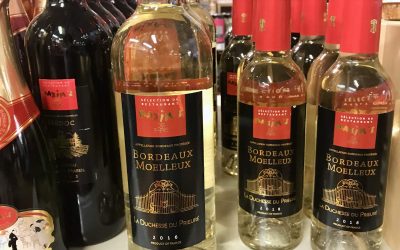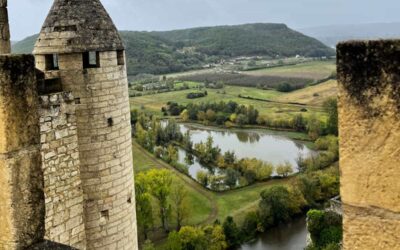A charming town in the Charente area of southwest France, the city of Cognac has everything going for it. Located about 1.5 hours away from Bordeaux, the city has its own beautiful architecture, wide-open boulevards, a historical château. And have I mentioned the cognac?
Served as a digestif, cognac is a type of brandy. Similar to a bottle of champagne that can only come from the Champagne region, the liquor of the same name can only come from the Cognac area. The locals are rightly proud of their viticultural heritage, and you will see several small producers and distilleries around the city.
So if you are planning a visit to the area, you will of course want to try the cognac, but there are plenty of other things to do around the city as well. So let’s explore the town of Cognac and the top things to do here, shall we? Allons-y!
History and why it is famous
The city of Cognac dates back to the days of the Roman empire. The area was producing wines, even at that early date. However, the wine traveled badly during export, and became known as brandewijn by Dutch, i.e. “burnt wine”. It may have tasted strong but burnt wine, aka brandy, became quite popular, increasing the town’s economic power.
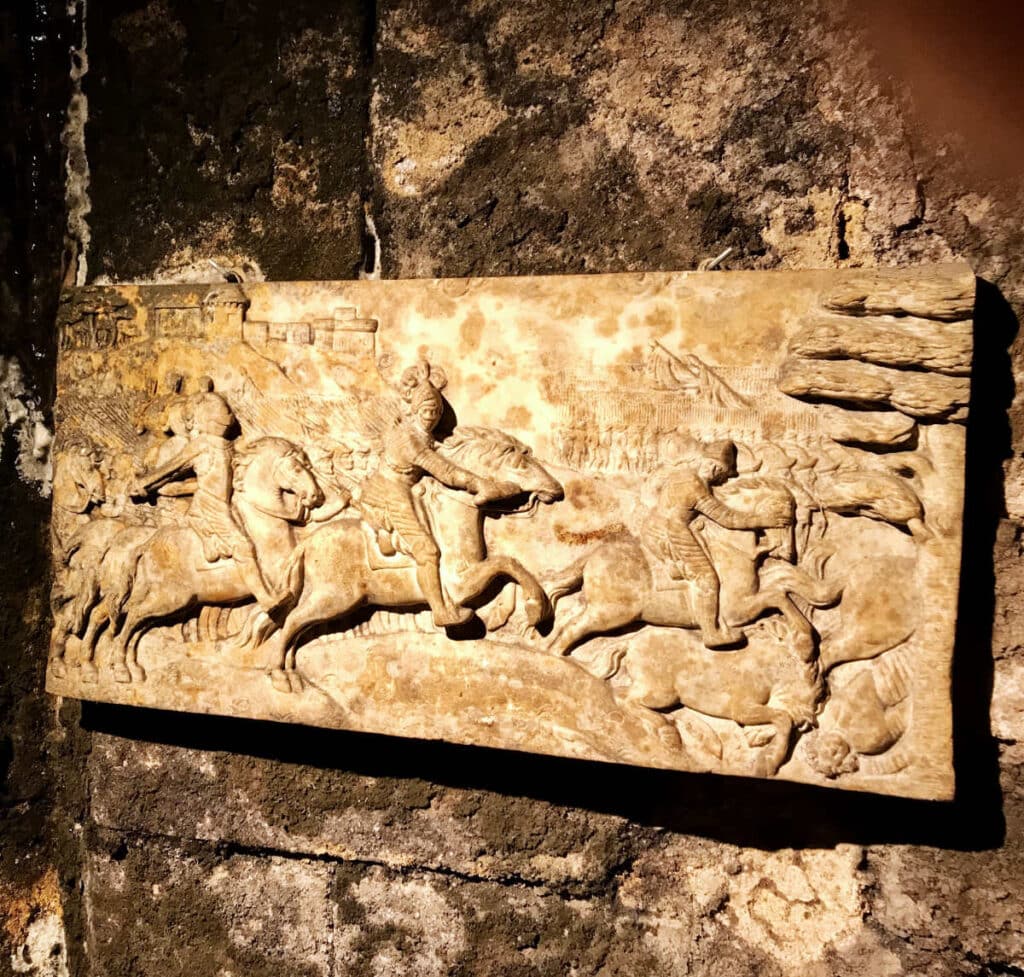
The town also grew substantially in the Middle Ages because it was on a pilgrim route for those walking towards the Saint-Jacques-de-Compostelle sanctuary in Spain (with scallops shells around their neck.)
The city of Cognac is also famous for being the birthplace of France’s most famous kings, François I. François was not born to be King, but inherited the throne due to his marriage. Thus his birth in the small town of Cognac was not predicted.
After a major crop disaster wiped out the vines in 1870, the distilleries in the area took stock. They revised their distillation process, and with that created a new wine appellation: the Cognac AOC. No longer would they be selling ordinary brandy, but a refined liquor that was unique to this region in France.
Things to do and see
1. Visit Château Royal de Cognac
The Château de Cognac was built in the 10th century by the lords of Cognac, before being rebuilt in stone by the Counts of Angoulême in the 12th century. It was here in Cognac that English King Richard the Lionheart married Amélie de Jarnac, daughter of Ithier V de Cognac, putting the castle in Plantagenet control.
The château changed hands several times during the 100 Years wars, before finally being given to John de Valois and Orleans, Count of Angoulême after he returned from a 33 year captivity in England.

His son Charles de Valois and his wife Duchess Louise de Savoie, gave birth here to one of King François I. It was François who established French as the dominant language in France, to the detriment of the regional languages.
The Château Royal de Cognac is now alternatively called Château de Valois or Château François in guidebooks, as François I was also the Duke of Valois.
The château today, however, is more than just a historical castle. It is also a working distillery. The castle fell into ruins in the 17th and 18th centuries and was purchased by a local distiller named Baron Otard in 1795 as a base for his distillery. Baron Otard would go on to produce some fine bottles of cognac, and use his fortune to restore the castle.
These days when you visit, you can take a guided tour of the historical château, visit the distilleries, and finish it off with a dégustation (tasting).

2. Walk around town
Across the Chateau, on the other side of the river Charente is the town’s medieval quarter Vieux Cognac which runs from the Eglise Saint-Léger church to Tour Saint-Jacques. Filled with cobblestone streets and historical buildings, you will see many tiny carvings of gargoyles and salamanders, the emblem of King François I.

3. Relax in Jardin Public
Near the Château Royal is a sprawlingly beautiful park called the Jardin Public. With fountains, wooded areas, ducks of all kinds, it is a lovely relaxing place to sit and watch the locals.

4. Go to the beach
About 1 hour away from the city is the Atlantic Ocean. Some of the most beautiful beaches in France are here, around the town of Royan. The waves in this area are excellent for swimming, surfing, and windsurfing.
There are several beaches, but if I had to pick, I would suggest Plage du Bureau in St-Palais-sur-Mer.

5. Take a day trip to the town of Saintes
Follow the Charente river about 35 minutes away, where the historic town of Saintes is located. This enticing little town also dates back to the days of the Roman empire, with a Gallo-Roman amphitheatre that you can visit.
Go on a boat cruise, in one of Saintes’ special Gabare boats, as well as visit the Cathédrale Saint-Pierre de Saintes for a lovely day out.
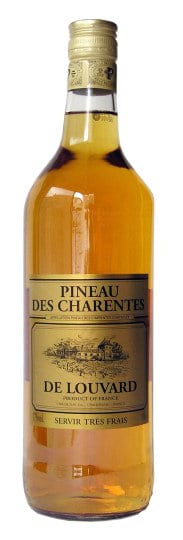
6. Taste a Pineau de Charentes
Along with the digestif, the area is also famous for an apéritif called Pineau de Charente. It is a fortified wine made from unfermented grape juice and cognac, that can be flavored with pears or pine added to it.
Legend has it that a winemaker in the late 1500s accidentally created it by adding grapes to what he thought was an empty barrel, but actually contained cognac. He left it to ferment and a few years later, found that it had turned into what is today Pineau des Charentes.

7. Explore the countryside of Charente
The countryside of Charente is dotted with vineyards and small towns, so don’t hesitate to explore around. You might just come across something fabulous, like this baguette vending machine with fresh bread! Nearby the village of Pons is quite lovely, as is Meschers-sur-Gironde.
8. Bordeaux Wine region
And if you want to try the crème de la crème of Bordeaux wines, head out to the châteaux of the Pauillac and Saint Emilion regions which are just 2 hours away.
With Bordeaux being one of the biggest wine regions in France, the wine route here is one of the most visited attractions in the south west of France. It comprises of five different wine trails around the city of Bordeaux, with the most popular one being the Médoc wine tour.
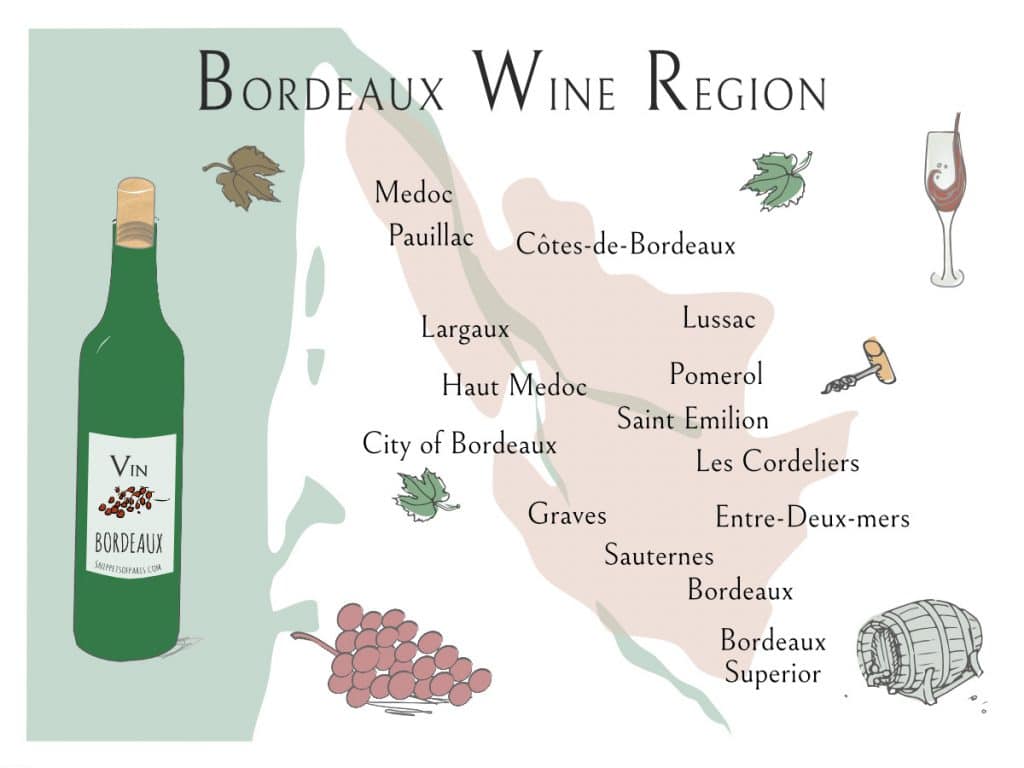
Its unofficial name is the “Route des chateaux”, because these days the châteaux have mostly been converted into luxury wine houses with sprawling vineyards that are open to visitors.
Tourists are welcomed for tastings and to purchase their own souvenirs to take back home. You can see Bordeaux wine-tasting tour options here.

How to get to Cognac, France?
It is relatively easy to get to the city by train. The high-speed TGV train will take you from Paris to Angoulême, from where you can catch a local TER train to Cognac. The closest airports are in Pons and Angoulême.
How many days should you spend?
I would recommend spending at least 2 nights, especially if you plan to go to the beach. You can base yourself in Cognac and explore the region.
Where should you stay?
The area around the Château is more quiet and elegant, while the area around the Vieux Cognac is bit livelier.
Near the Château:
- €€€ – Hôtel Quai des Pontis
Near Vieux Cognac:

So are you ready to add cognac-tasting to your France Bucket List? If you enjoyed this article, you may want to read more about traveling around France. A bientôt!
